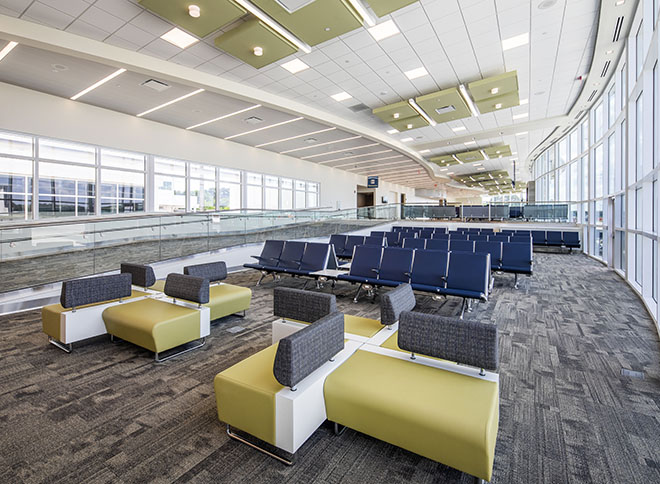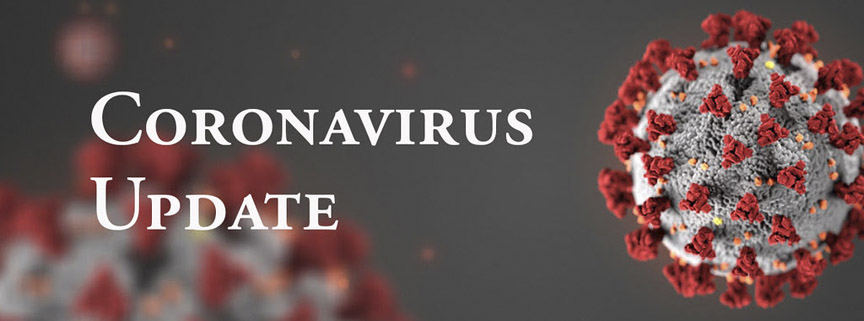HIGH SPRINGS ‒ The City of High Springs has opted not to purchase the Priest Theater. The Community Redevelopment Agency (CRA) Board had earlier asked staff to explore the possible purchase of the community landmark. City Manager Ashley Stathatos presented a report on the request on July 8 and reviewed the significance of the theater as an historic building, the costs involved in not only the purchase, but also required renovations and the appraisal value of the theater.
The building seats 240 people and has an appraised value in 2020 of $111,658. The market value according to the current appraisal is $325,000. Local architect Paul Stresing performed a condition assessment on the building and provided a list of recommended improvements.
Those improvements include Code Compliance Improvements, which he estimated could be up to $9,500 and Good Conscious Improvements which he estimated could be up to $271,750, excluding the bathroom building or up to $400,000 for the bathroom building. Additional recommended improvements include Advanced Improvements and Enhancements estimated at $94,200 and Future Improvements and Enhancements at a cost estimate of up to $165,000.
The total cost of improvements is $940,450. The total cost of the project if the CRA were to offer market value of $325,000 plus perform all the improvements is $1,265,450. Operating and maintenance cost would be the responsibility of the organization that operates and runs the theater.
Stathatos said that during the purchase contract period, the City could send out a request for proposals (RFP) to solicit proposals from organizations interested in a partnership. “A draft RFP has been written should the Commission decide to head in that direction,” she said. The CRA Board decided not to pursue the purchase of the theater at this time due to current pending projects. However, they said they want to continue to explore options to save this historic building. Should another organization purchase the building, Commissioners talked about possibly partnering with that organization to help in any way they can.
In other business, the CRA Board is considering an ad valorem tax exemption for historic properties within the CRA District. Stathatos will be drafting an ordinance for the CRA Board to review at their next meeting. Should the ordinance pass, an exemption from ad valorem taxes of up to 50 percent of the assessed value of a historic property can be granted.
To qualify for the proposed exemption, the property must meet other requirements in addition to being historic. The property must be used for commercial purposes or a not-for-profit organization and it must be open to the public. More details will be available when the ordinance is presented to the Board, and it was noted that the proposed exemption could possibly benefit the Priest Theater.
Stathatos was also asked to bring back specific information on a CRA business improvement program. The program would include façade improvements, tenant improvements and structural rehabilitation grants.
The Board decided that the CRA Residential Improvement Program would be limited to paint only with a 50/50 split between the property owner and the CRA.
The Board approved $8,000 for holiday decorations and banners, opting to rent rather than purchase. In addition to not having to store these items, the provider will do the installation and removal as well.
CRA Board members voted to allow the City’s Building Department to buy the old train depot, which they already have offices in, from the CRA. The CRA office will remain in the building and will pay rent to the City. This action puts more funds into the CRA, which can be used for other projects.
In upcoming business, on Aug. 5, the CRA Board will review the strategic plan developed over the past several weeks for the CRA District.
# # #
Email cwalker@
alachuatoday.com




